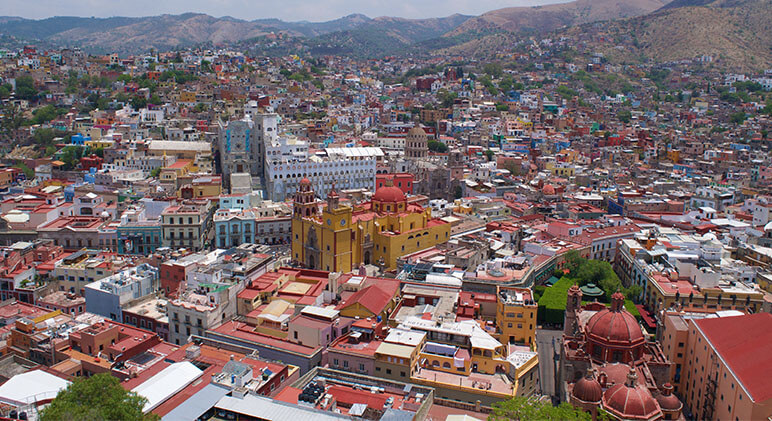
Guanajuato’s vibrancy isn’t just reflected in the colorful homes and architecture but also in the youthful spirit of the university’s students and in the friendliness of the locals. Though it is a small colonial town of a mere 72,841 people, the growth of Guanajuato resulted from the abundance in minerals. In fact, mines were so rich that in its peak it produced about a third of the world’s silver. Today it welcomes many tourists with its lash colonial buildings, manicured tree-lined plazas and bright houses. Read along for everything you need to know before visiting Guanajuato City.
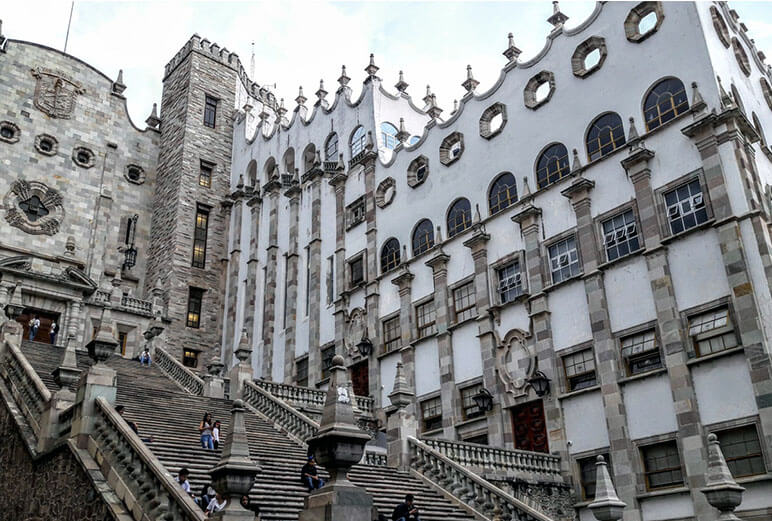
Getting There
Guanajuato International Airport in Silao is the closest airport to the city however it may be easier to fly into Mexico City and take a bus or flight from there. I strongly recommend Bajiogo‘s shuttle service. They offer group and private transportations and even tours. We visited Guanajuato for the day during our stay in San Miguel de Allende and hired Bajiogo for the tour. Daniel, our tour guide and chauffeur was awesome and gave us so much history on the city; he even stopped at Dolores Hidalgo for some of their famous homemade ice cream! 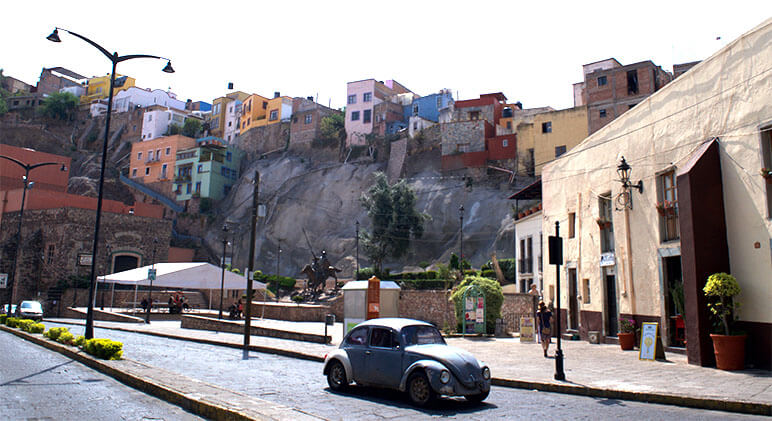
Getting Around
If you arrive by car, park in your hotel or in a lot and walk around. Guanajuanto is situated in a narrow valley which makes its streets narrow and winding; most are alleys that cars cannot pass through and some are long sets of stairs. Historically, flooding was a serious problem due to the city’s steep hillsides but dam construction in the 1960s brought the flooding under control and many ditches were converted into tunnels. In fact, most of the city’s thoroughfares are underground.
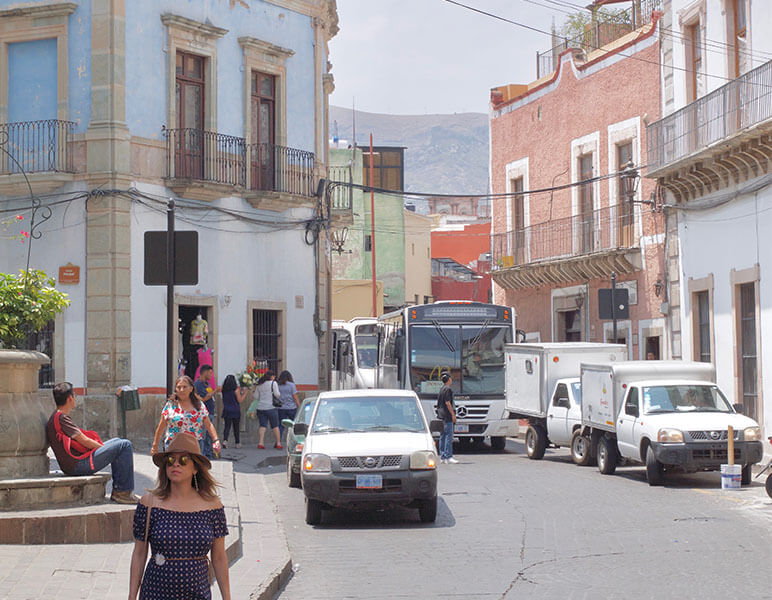
Explore Guanajuato
Wander. The historic town of Guanajuato was declared one of Mexico’s UNESCO World Heritage Sites in 1987 and one of the best things you can do here is wander! There are many callejones with whimsical names such as “Sal is puedes” (Exit if you can). Be sure to bring comfortable shoes as virtually every point in the city is on a slant.
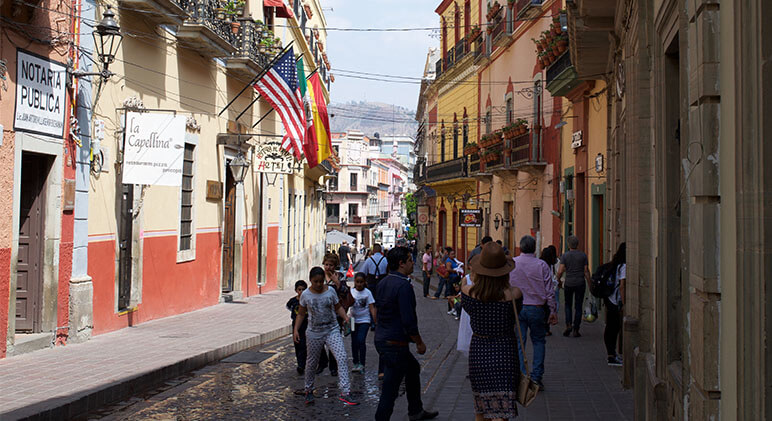
Basilica La Campania and La Valenciana churches are beautiful examples of Baroque architecture. The intricacy and detail make them worth a stop!
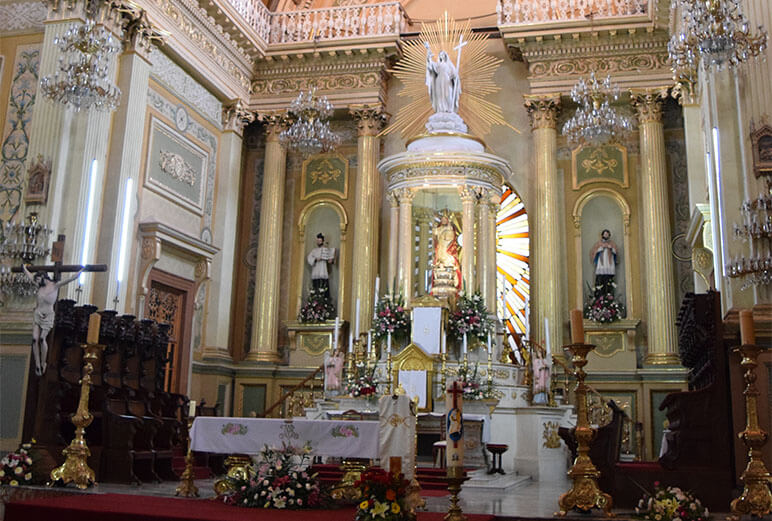
Callejon del Beso, a callejon merely 66 inches wide that couples come to kiss (hence the name). Legend has it that couples who kiss on the third step are guaranteed seven years of happiness together.
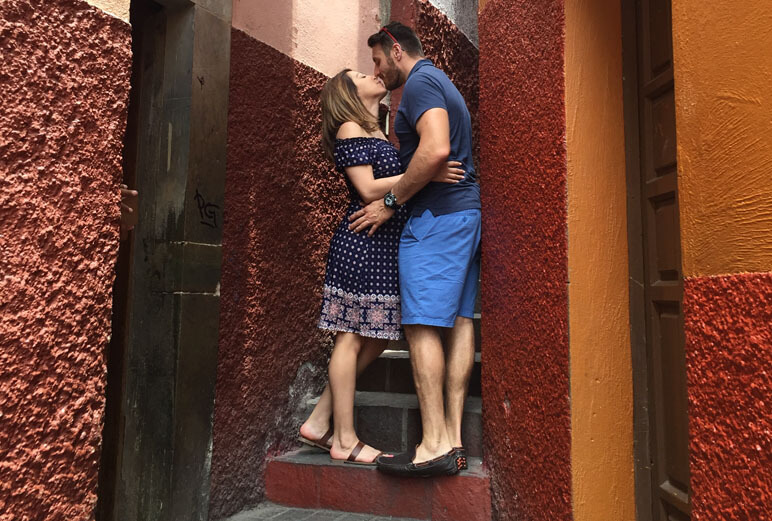
Jardin de la Union is the main plaza of the town. This tree-lined square is also the place where events are held regularly.
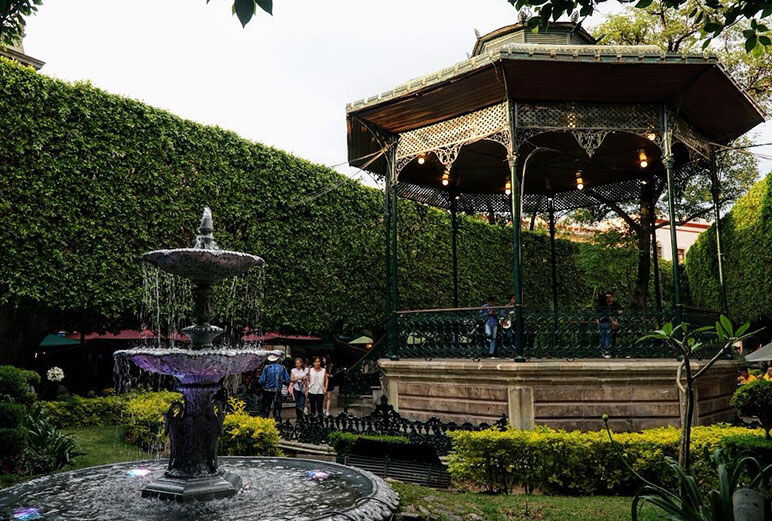
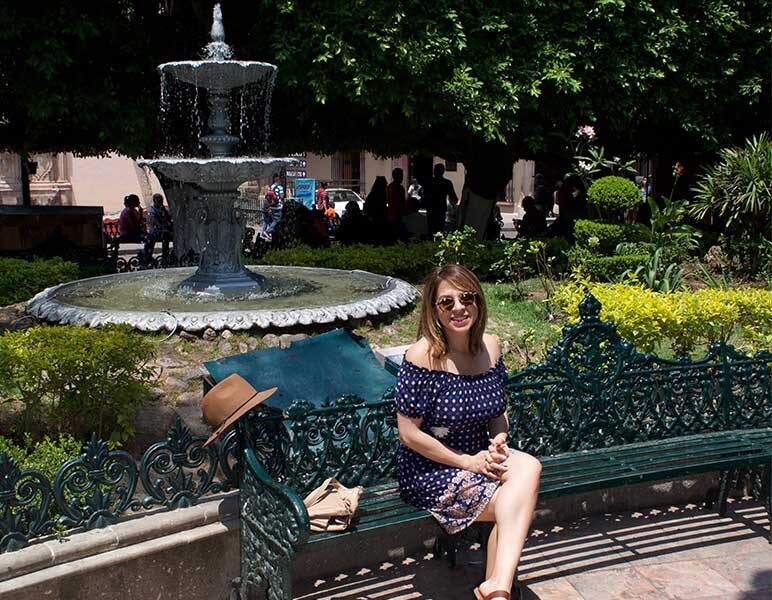
The top of the Fenicular, located just behind Teatro Juarez, features El pipila statue, the nickname given to Juan Jose Martinez who was a key figure to defeating the Spanish troops in 1810. This is also a great view point to get a panamoric view of the beautiful town.
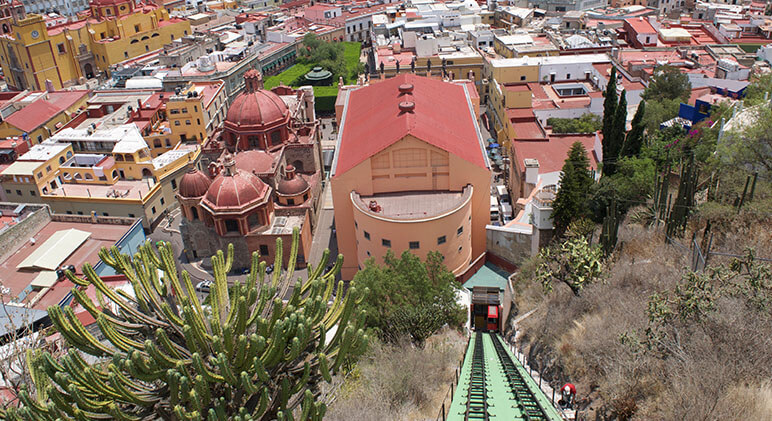

“Callejoneadas” are roving parties with live musicians. Be sure to ask locals and tour companies about these!
Mercado Hidalgo was originally intended to be a major train station that was expected to bring an economic boom to the city. Today, this iron and steel indoor market is the perfect place to find handcrafts and souvenirs.
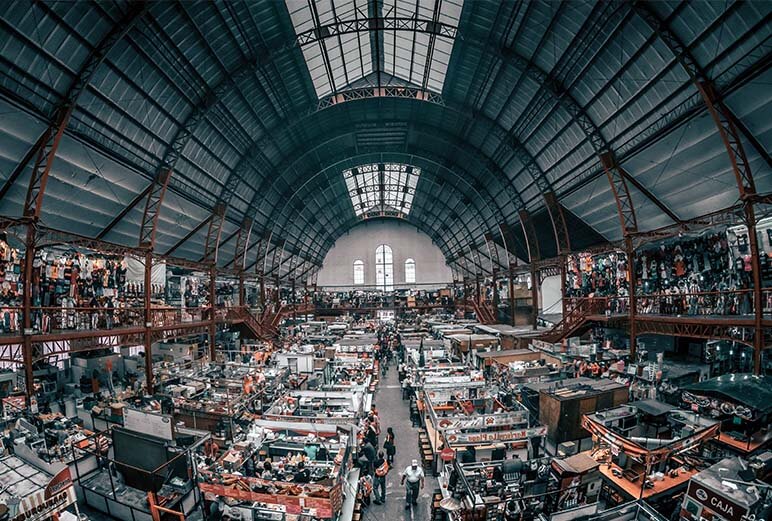
Tours
El Museo de las Momias is one of the city’s main attractions. In the 1800’s a new law required residents to pay a tax for perpetual burial. But when the fees were not paid, local authorities exhumed the buried bodies. And due to the dry conditions of the soil, a natural mummification occurred.
La Valenciana Mine Tour gives guests a glimpse of the history of Spanish colonial silver mining. Ex-miners take you 120 feet below the surface to give you a tour of what is was like in the 1600’s through the present day in this mine which once provided a third of Spain’s silver. Side note: the tour is only given in Spanish.
Casa Diego Rivera Museum is Rivera’s birthplace and where you’ll find a permanent collection of his original works and preliminary sketches.
Dine
Eat and drink local! Be sure to try the Enchiladas Mineras from Truco 7 and Sopa Azteca (Aztec soup) from Mestizo. El Cubilete is a one-stop shop for confectionery, selling all sorts of local sweets such as Charamuscas and cajeta.
Best Time to Visit
Weather-wise November through April are the best times to visit. The temperatures don’t vary too much throughout the year however, there is usually less rain in these months compared to the summer months. But the city is best know for its annual arts and culture festival, Festival Internacional Cervantino. The festival takes place each October and last almost all month long. This is the perfect opportunity to see the city come life!
Nearby
There are many nearby towns just a quick drive away that are worth a visit:
Dolores Hidalgo a tiny town with so much history. Each year on Independence Day, Mexicans everywhere honor the independence by a grito, or scream. Grito de Dolores on September 15 and 16, 1810 took place in Dolores Hidalgo and broke out the War of Independence. The homemade ice cream here, sold throughout the city is delicious!
San Miguel de Allende is a magical town and also a UNESCO World Heritage. About an hour away, you won’t regret visiting!
Leon is less than an hour aways and is know for its hot springs and high quality leather shoes!
Mexico City is approximately 2 hours away and there are many buses coming and going regularly.
Fun Fact
Guanajuato’s current name comes from the dialect of Purepecha “Quanax huato” which means “hilly place of frogs.”
Are you planning a trip to Guanajuato? Feel free to reach out if you have any questions!
About The Author
Related Posts
Everything You Need to Know Before Visiting Santorini
Dazzling panoramas, world-famous sunsets and pristine white, cliff-top villages – it’s no wonder…
07 February, 2018Tulum – Mexico’s Yucatan Peninsula Hottest Spot
As far as beach towns go, Tulum is in a category all of its own…
07 February, 2018

